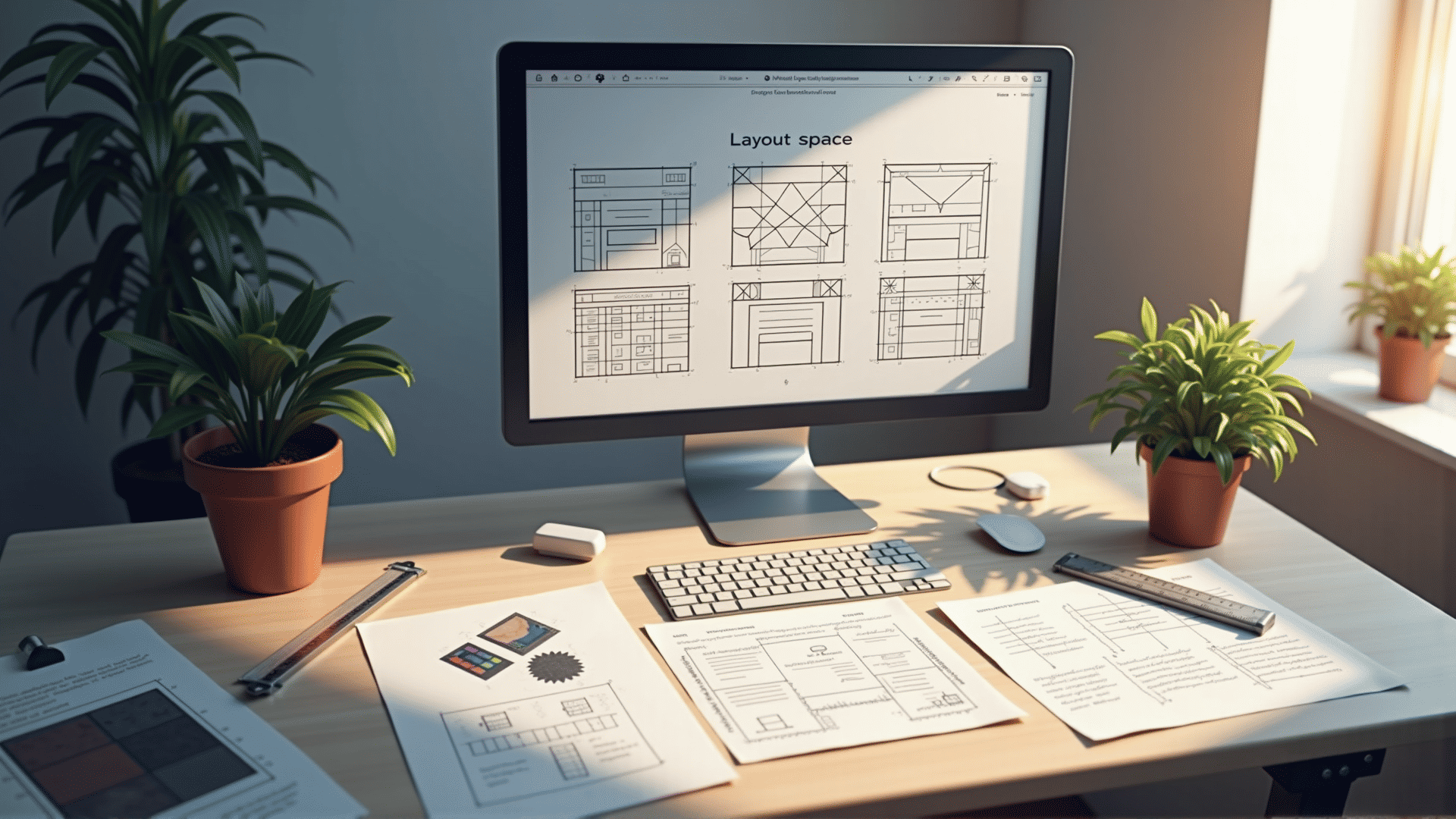In the realm of visual communication, the skill of proficient arrangement of elements is paramount. This artistry, known for bringing together vibrant visuals and compelling information seamlessly, involves a deep understanding of how various components interact to form a unified piece. The process is akin to orchestrating a symphony where every element contributes to the overall harmony.
The cornerstone of effective arrangement revolves around hierarchy. Establishing a visual order ensures that the audience perceives information in an intended sequence. This is achieved by manipulating size, color, contrast, and positioning. Larger and bolder elements tend to capture attention first, guiding the viewer’s eye across the layout naturally. Similarly, strategic use of color and contrast can emphasize key points, making sure important elements stand out in the viewer’s mind.
Another essential aspect is balance. Whether symmetric or asymmetric, balance ensures that the layout is aesthetically pleasing and that no single part overwhelms the rest. Symmetry provides a sense of formality and stability, while asymmetry brings dynamism and modernity. Both approaches require careful composition, ensuring that the visual weight is evenly distributed to maintain cohesion.
Whitespace, often underestimated, plays a critical role in design. It provides breathing room for the elements, allowing each to stand out without clutter. Effective use of whitespace enhances readability and guides the viewer through the information without overwhelming them. It encapsulates the idea that simplicity and clarity can significantly enhance a visual presentation’s effectiveness.
Alignment is the unsung hero in the realm of arrangement. Ensuring that visual elements are properly aligned creates a structured and orderly look, which subconsciously communicates professionalism and reliability. Proper alignment fosters a connection between different elements, creating a seamless flow that is easy for the audience to follow.
Typography, while often a secondary consideration, has a significant impact on the overall impact of a design. Choice of fonts and their arrangement can convey emotions and set the tone of the presentation. By varying font sizes and styles, you can create contrast and highlight critical information, ensuring it captures the viewer’s attention at a glance.
Another key element is consistency. Repetition of certain elements like colors, fonts, and shapes creates a cohesive look and feel. This not only makes the design visually appealing but also strengthens the overall message being communicated. Consistency assures the audience of a deliberate and thoughtful presentation, enhancing the credibility of the information.
Lastly, emphasis must be placed on adaptability. Modern designs often need to be versatile across various platforms and screen sizes. Being able to adjust the layout to retain its efficacy on different devices ensures that the audience has a consistent experience, no matter how they access the material.
Mastering these principles allows one to create compelling and engaging visuals that communicate with clarity and purpose. The true essence of layout design lies in its ability to transform visual chaos into an organized and thoughtful expression, resonating deeply with its audience. As one continues to explore and refine these techniques, the path to mastery becomes not just about arranging elements, but mastering the art of communication itself.
